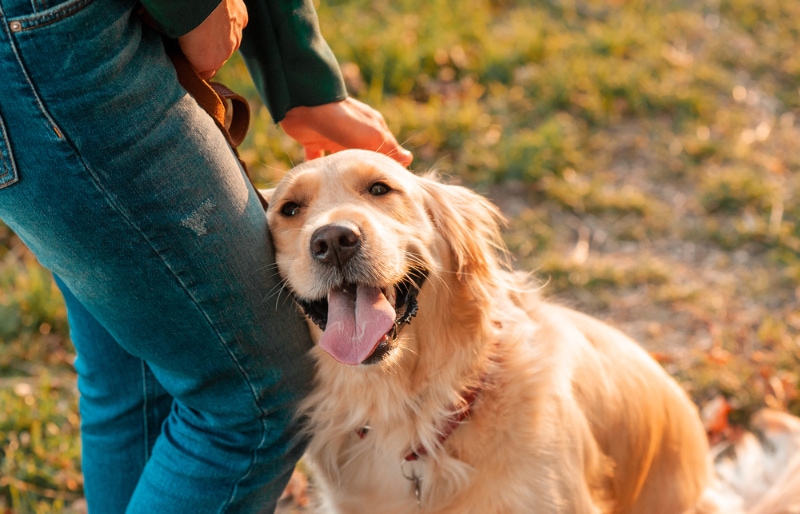How to Train Your Dog to Have Bite Inhibition (Step-by-Step Guide)
Updated on
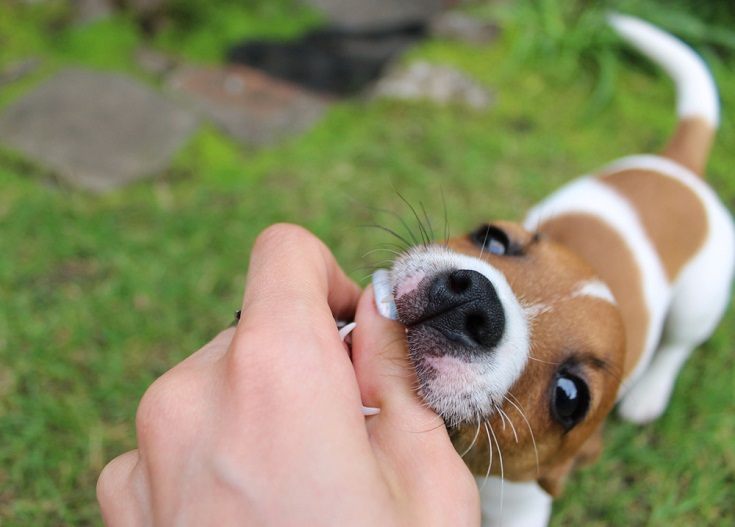
Puppies are a blast to own, but there are a lot of skills they should be taught. Most people know about the basics, like recall, how to sit and stay, housetraining, and how to play with toys. What many people don’t realize they should teach their puppies is bite inhibition. This skill is an important way to keep everyone safe and teach mouthy puppies how to be gentler with things that go in their mouths. Teaching bite inhibition does require consistency with training, so here’s everything you need to know.
What Is Bite Inhibition?
Bite inhibition is a skill that teaches puppies how to control the force of their bite when something is in their mouth. Puppies need to learn how to control the force of their bite because there are a lot of things that go in their mouths. Your puppy can chomp as hard as they want on their toys, but you definitely don’t want your puppy hurting you when they try to playfully put your hand in their mouth.
There is a possibility that bite inhibition can come in handy if your pup ever ends up in an emergency situation. When dogs are frightened or in pain, it’s not uncommon for them to bite out of fear and confusion. Some people feel like teaching a dog how to gently handle human hands when in their mouth may lead to a lower chance of injury to people helping the dog in an emergency.
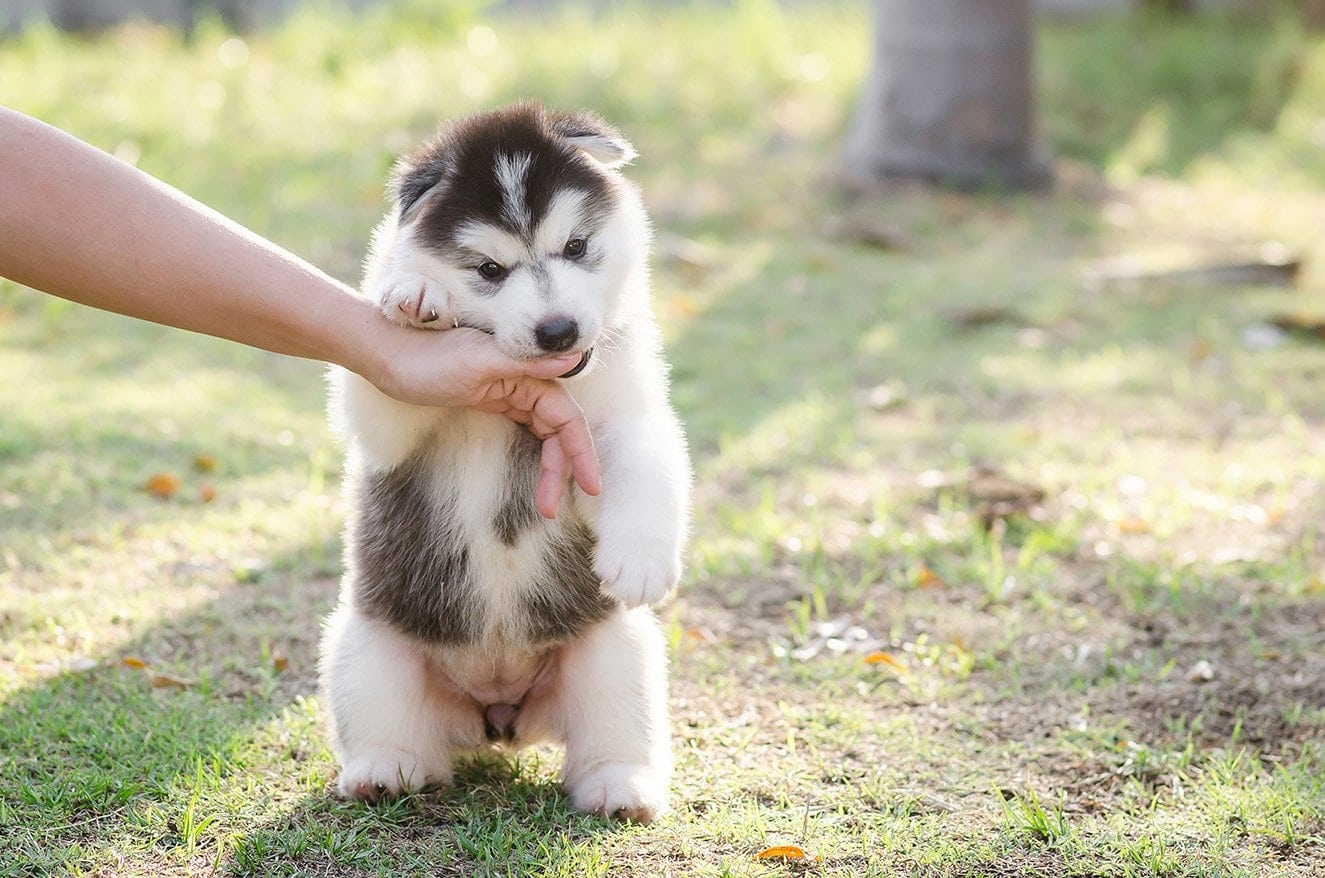
Before You Start
Before you start training bite inhibition in your puppy, you need to consider if the dog will have a specific job or not. If your dog is going to be used for bite work, then there are obvious reasons why you might not want to teach bite inhibition in some situations.
If your dog is a service dog prospect, though, then bite inhibition should be taught, especially if your pup is going to learn skills that involve them putting your hand in their mouth. Bite inhibition can also be a useful skill for dogs that will be retrieving objects, whether for hunting or helping purposes.
How to Train Your Dog to Have Bite Inhibition
1. Sit Down for Playtime
Sit down for a game with your puppy. Bite inhibition is best taught during playtime and turning this training into a game for your puppy is more likely to maintain their attention, keeping them interested in the training and helping them retain the information effectively.
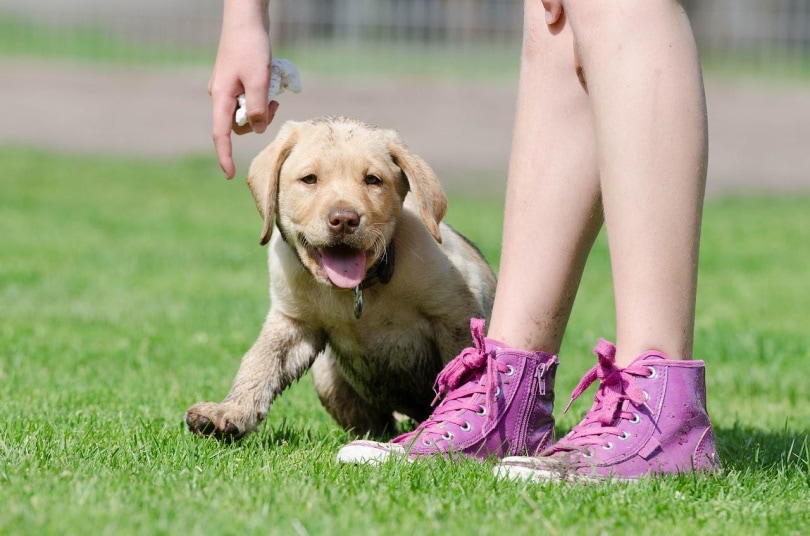
2. Give a Yelp
Some people recommend intentionally playing with your pup in a way that encourages them to put your hand in their mouth, while other people feel that this training should occur when your puppy starts to get mouthy during play.
Regardless of your selected approach, when your puppy puts your hand in their mouth and bites down, give a yelp when you feel like they’re biting too hard. Puppies often learn bite inhibition to an extent from their littermates, who will yelp when bitten too hard. Your puppy will likely understand a high-pitched yelp and will immediately stop the bite.
3. Continue the Game
After you’ve yelped, the goal is that your puppy will stop biting you and either immediately look at you or look around. They should drop your hand from their bite. If your puppy drops your hand after your yelp, then you can go back to the game.
Positive reinforcement through praise and returning to the initial game will help your puppy understand that when they play more gently, they get to continue playing with you.
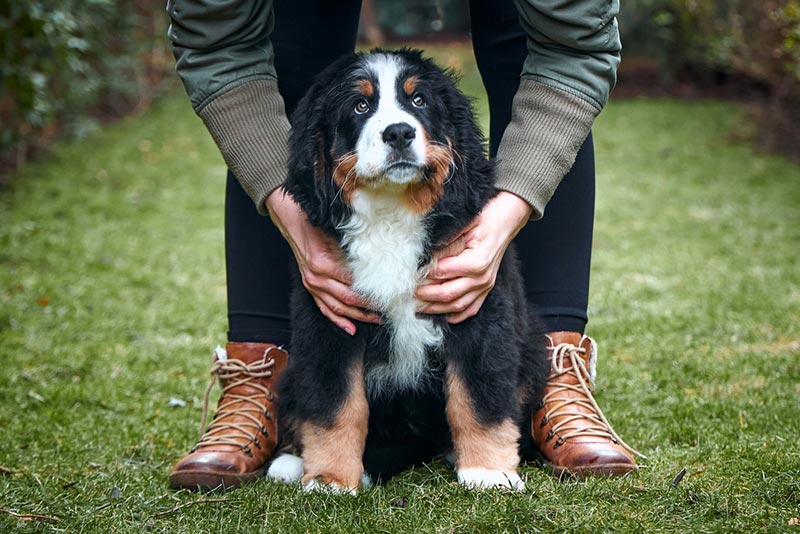
4. Provide a Brief “Time Out”
Some puppies may be overstimulated by your yelp. This is common in pups that are already overstimulated or are excessively tired. When you yelp at your puppy’s bite, they may bite harder or attempt to immediately bite you again.
When this happens, remove your hands from the space, tucking them tightly in a crossed arm position, and ignore your puppy for 20–30 seconds. If your puppy insistently tries to continue the game, then you may need to walk away instead of ignoring your pup from the same place.
5. Go Back to the Game
After your pup’s time out has ended, you can return to the game. If your puppy stopped biting you after the yelp, then you can skip the time out and immediately go back to the game. If your puppy is overstimulated or seems overly tired, then it’s best to not go back to the game, instead providing your puppy with a more relaxing activity and going back to training when they are in a better position to succeed.

6. Limit Sessions
Bite inhibition training sessions should be limited to only about 15 minutes at a time. If you attempt to train this behavior for too long, there is a possibility that your puppy will lose sight of what the game is teaching them, which may be a small training setback. You also don’t want to play the game long enough that your puppy becomes overstimulated. Overstimulation will lead to the game beginning to fail.
In Conclusion
Bite inhibition is an important skill that can be used to teach puppies how to gently handle people and items as they age. This skill can potentially help your dog in an emergency situation by helping them self-limit the amount of damage they do with a fear bite, but it can also help your pup learn that biting people isn’t appropriate. Bite inhibition is also a great skill to teach to service dog prospects and retrieving dogs to ensure they learn how to appropriately handle people and objects.
Featured Image Credit: Haelen Haagen, Shutterstock




